Policy recommendations
Policy and market instruments are key to create an environment that allows organic agriculture to reach its full potential in contributing to the SDGs. Based on the lessons learnt from the farming systems research conducted in Kenya, India and Bolivia, the following recommendations are relevant to agricultural policies at national and regional level, as well as to the actors in specific commodities (i.e. cotton, cocoa) and sectors, organic value chains, and standards striving for sustainable development through organic agriculture:
System-oriented pricing

For many organic farmers, premium prices are only available for certain cash crops destined for export markets (such as cocoa and cotton) and not for other crops in the rotation. A conducive policy environment providing system-oriented pricing and/or compensation schemes will support profitable organic production systems that enhance livelihoods.
Market linkages for diversified production
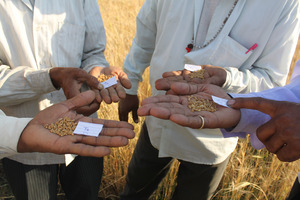
Organic farming and agroforestry systems offer a wider range of products than conventional farming based on monocultures. Organic farmers, therefore, need to be able to sell the different products they produce as ‘organic’. Reducing their dependency on certain (largely export oriented cash) crops will improve organic farmers’ livelihoods and support diversified farming systems. This requires a stimulating business environment that fosters market innovations and primes local markets for a diversified range of organic produce.
Capacity building and extension services
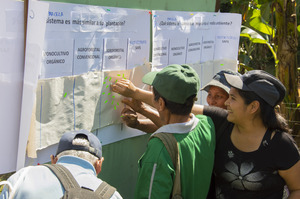
Farm performance varies widely across different management practices, suggesting a lack in implementation of best practices. Capacity building on good management practices improves yields and reduces losses due to pests and diseases, thereby increases farmers’ income. Recognizing the importance of know-how for the successful management of sustainable farms, policies should prioritize capacity building for farmers. Organising farmers into cooperatives and self-help groups offers substantial potential of capacity building e.g. through peer-to-peer learning as well as development and dissemination of innovative solutions.
Technical innovations and medium-scale mechanization
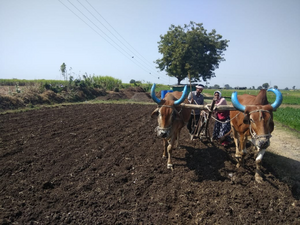
Challenging labor requirements and declining labor availability force smallholders to either scale down their activities or opt for simpler farming systems, threatening food security and livelihoods. Technical innovations and medium-scale mechanization, adapted to the local conditions, reduce the need for manual labor, and are thus key to empower small scale organic farmers. Such innovations can help farmers to sustain and increase their activities, lower their production costs and improve their livelihoods and food security.
Research gap
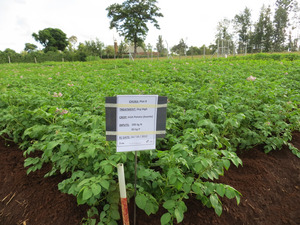
Key gaps in research on the management of organic farms are a) soil fertility management, b) pests and diseases and c) water management/ drought. Holistic systems design, building on diversified and interlinked, thus complex production patterns can address these challenges by considering a) optimizing nutrient management, carbon storage and tillage practices, b) implementing a systems approach for pest and disease management and c) setting up suitable water conservation systems. Research and technology development needs to acknowledge that complexity of a system increases its resilience and strengthens farms to face climate change.
Provision of public goods
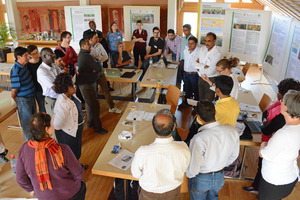
Organic farming sustains public goods by providing ecosystem services such as supporting pollination, carbon sequestration, conserving biodiversity and nutrient cycling. Awareness among consumers and decision-makers for these benefits of organic farming enables an environment in which organic farming can grow and contribute to truly sustainable food systems, providing healthy food for a growing population without damaging human health and the environment.
 tap and then scroll down to the Add to Home Screen command.
tap and then scroll down to the Add to Home Screen command.